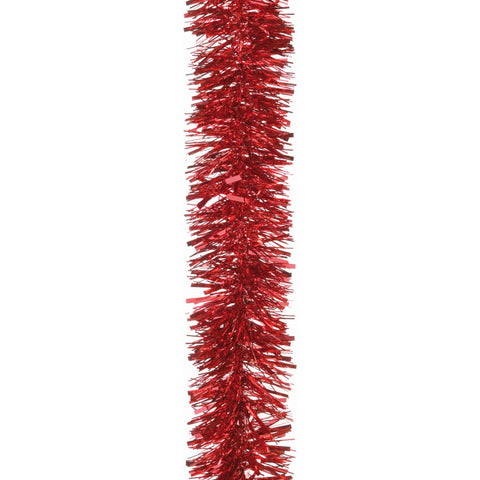Using Christmas Decorations to Create a Sensory Environment

Creating a sensory environment either at home, work or a learning establishment doesn’t have to cost a fortune and it is possible to create an educationally stimulating area on a budget. During the Christmas season our homes turn into brightly coloured paradises, providing a variety of lit decorations and exciting moving animations everywhere. It is the perfect excuse to go wild with our imaginations and bring out our inner child. However, when the Christmas period is done and dusted many of us just pack our lights away until the following year. However we have some fantastic ideas of how to create a sensory area using items which you already have.
Whether the sensory area is at home, work or learning establishment, it needs to be accessible by everyone and it is essential to focus on the key five sensors including sight, sound, taste, touch and smell.

Sight
The visual impact of a sensory area is very important as the area needs to stimulate learning and be of interest and create curiosity. A variety of bold, bright colours will be a fantastic addition the area. String LED’s previously used on a Christmas tree, placed in a glass bowl will be a perfect addition. If you have a variety of size LED’s this will create variation and ensure the designated area is visually stimulating.

Lit wooden signs are perfect to add soft mood lighting along with battery powered flameless candles; in our online UK Christmas World shop we supply a large variety of battery powered lighting options which are safer than trailing mains powered cables around which may be a tripping hazard. Lights which may flash, fade or operate in sequence may be providing perfect visual stimulation, however, please ensure that varying light patterns are suitable for your sensory room users as these features are not suitable for everyone and may have diverse health effects.
Sound
Although for many of us listening to Christmas songs for a couple of weeks over the festive period is long enough, as your indoor sensory area isn’t specifically tailored towards Christmas, any kind of music would be suitable, that would be down to your personal preference. Water is a fantastic relaxation soothing sound which users of the sensory room will love. Bubble tubes which create a subtle bubbling noise or a simple indoor water feature will create a relaxing background sound.
Also, sound in a sensory room doesn’t have to be a constant noise or background music; it could be as simple as providing accessible instruments for users or wind chimes which will create a variety of different acoustics and pitches for everyone to enjoy.
Touch
An important element of a sensory area is the ability to touch and feel the surroundings. Varying textures will enable users to develop the sense of touch through feeling different surface areas and objects. Items such as tinsel make an interesting texture in a sensory area. Lots of us have ample amounts of this stuck in our lofts, which could be put to use all year round.

Another option is cuddly toys which are soft to touch, our selection of Plush Christmas Toys will be the perfect addition to any sensory environment as they will provide another texture to explore, and all children will love snuggling up to them!
Having bowls with different objects or textures inside will be a fantastic option for sensory room users to explore. A bowl with Artificial Snow in will provide a powdery texture for people to feel and discover. Other textures which would be great to have to explore the sense of touch would be bowls of circular Baubles therefore having no sharp edges.
Smell
We are all guilty of loving the smells associated with Christmas, whether that’s a freshly cut Christmas tree, a freshly made Christmas cake or satsumas with cinnamon sticks and cloves. Having scents in a sensory room adds another element to explore, many people have festive smelling potpourri around their homes at Christmas so why not keep it in your sensory room all the time then you’ll be able to enjoy it all year round. Check out our Scented Pinecone Bag on the UK Christmas World website which are perfect for this purpose.
Other scents which are perfect in a sensory room are lavender bags which can be covered with a material cover. Other scents include cinnamon which can be hung around the room to provide festive scents.
Taste
Growing produce in a sensory room may be a little tricky; however, small window boxes and pots are perfect for growing at home and in smaller spaces. Growing herbs and spices has never been easier and will provide lots of flavour to your meals and salads. Basil and parsley are fantastic easy growers and will enable you to save money and ensure your taste buds explore new flavours and textures. However, biscuits such as gingerbread will enable you to reminisce about Christmas and remember all those wonderful Christmas memories.
Developing a sensory environment can be a fantastic creation and will have a positive impact on the users, whether that be in an educational establishment, nursery setting or in your home. It will provide stimulation to all the body’s senses’ and will be aesthetically pleasing to users and carers.
It can be a place that all people can enjoy and there are no certain requirements for a sensory room, especially if you’re creating one on a budget and reusing Christmas Lights. The main necessity is that it is accessible for users and carers should they require wheelchair/pushchair access and that there are no tripping, choking or fire hazards and that users have adequate supervision.
Follow this link to return to our homepage where you can find everything you need for your very own festive sensory environment!




